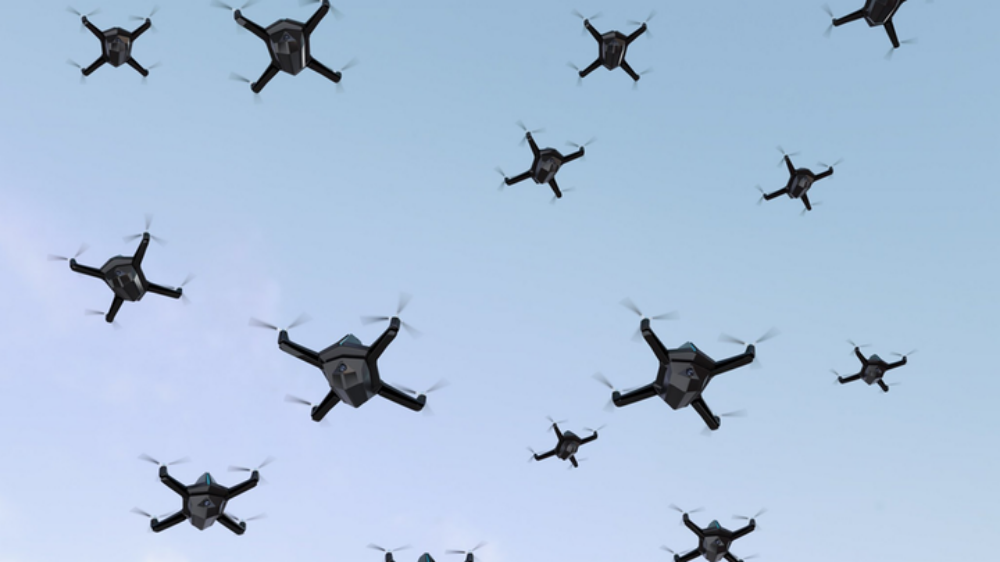U.S. Air Force researchers needed distributed airborne tactical beamforming capabilities to enable future generations of aerial swarming drones. They found their solution from Intelligent Automation Inc. in Rockville, Maryland.
Officials of the Air Force Research Laboratory Information Directorate in Rome, N.Y., announced a $1.4 million contract to Intelligent Automation on Monday for the distributed phased array antenna system for elastic network of autonomous SWARM (DPAA-SEA) project.
The Air Force is asking Intelligent Automation engineers to design and build low-cost distributed beamforming capabilities with swarms of omni-directional antennas to enable swarming behavior and cooperation among formations of unmanned aerial vehicles (UAVs).
Intelligent Automation will use omnidirectional radio systems to cooperate and form a pseudo phased array with distributed elements in which omnidirectional antennas can steer their signals at extended ranges.
This work is part of the Air Force Research Lab’s Elastic Tactical Networking for Autonomous Swarms project, launched in late 2017 to develop affordable technologies to network future autonomous swarm applications with tactical beamforming, which will differ drastically from information exchange requirements for current applications.
For example, the project seeks new communications capabilities to enable intra-agent collaboration in severely contested environments, something which existing military and commercial networking protocols are unable to achieve, Air Force researchers say.
The project seeks new networking paradigms for future swarm-based autonomous UAV missions, and new techniques to enable existing point-to-point data links for UAV swarm networking, which includes distributed beamforming techniques.
This is where Intelligent Automation comes in. The company will address several considerations to enable swarming UAVs to perform cooperative distributed beamforming as they communicate. These include:
— precise carrier and timing synchronization throughout the swarm despite relative Doppler effects and the unavailability of GPS satellite navigation signals;
— efficient and scalable ways to assign transmission weights dynamically to nodes placed arbitrarily for strong beam pattern properties, such as minimum sidelobe leakage, and narrow beam width;
— efficient dissemination of data and control messages to UAVs participating in the swarm; and
— pulse shaping, participation control, or other techniques to account for timing delays as nodes separate many wavelengths apart.
Intelligent Automation researchers will account for self-aware motion from onboard sensors and neighbor messaging in signal processing using adaptive interpolation, instantaneous frequency estimation, admissible trajectory identification, and control for sense and avoid.
Company engineers also will account for situation-aware inference like predicted motion of neighbors based on swarming protocol, and will incorporate information from onboard optical sensors, inertial measurement units (IMUs), and radar.
Intelligent Automation experts also will demonstrate their swarm networking technology using low-cost class I and II UAVs to show the advantages of distributed beamforming technology with swarming aerial assets in tactical environments.
UAV flight line testing will be at the Stockbridge Controllable Contested Environment test range near Rome, N.Y.
Source: Military & Aerospace Electronics

